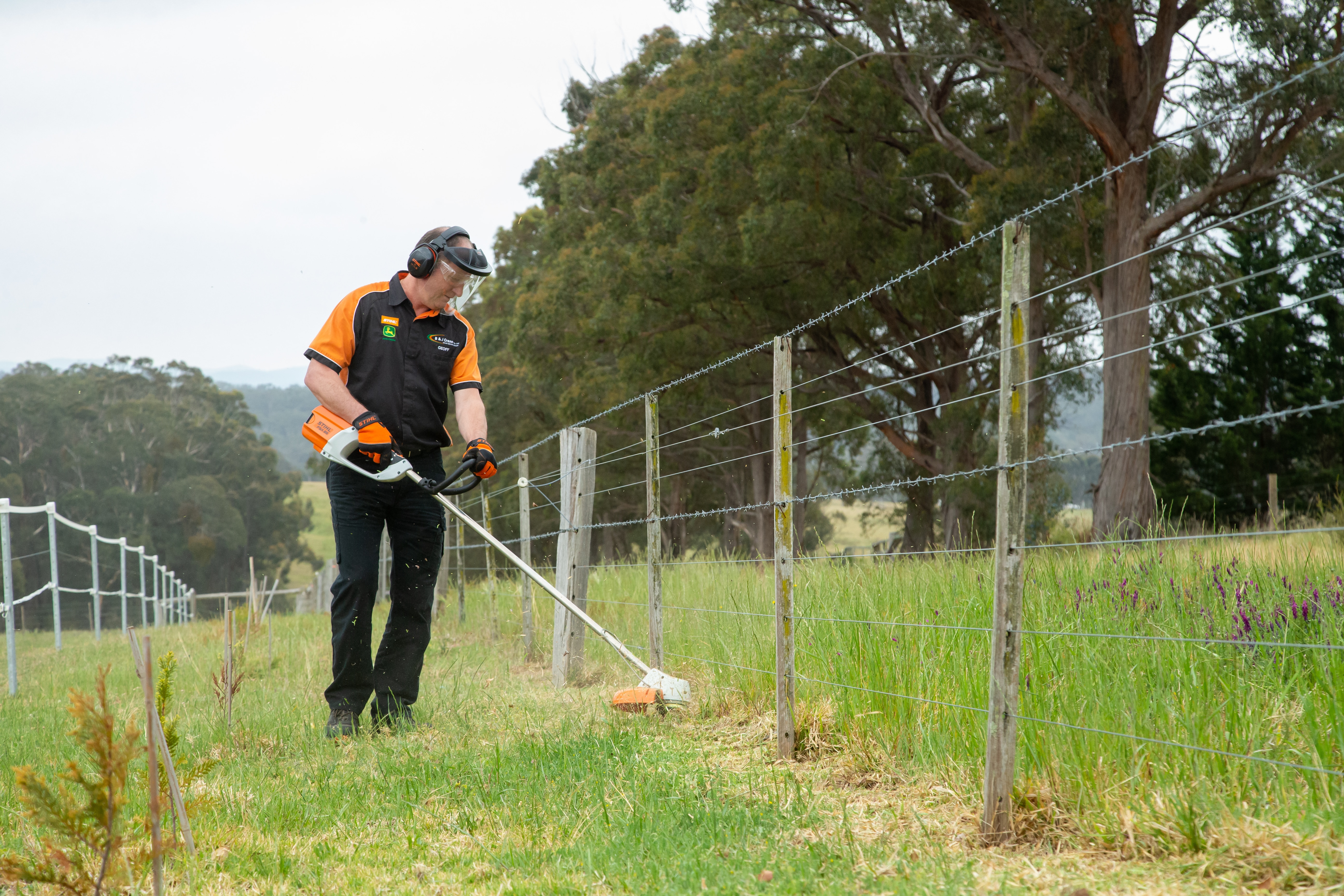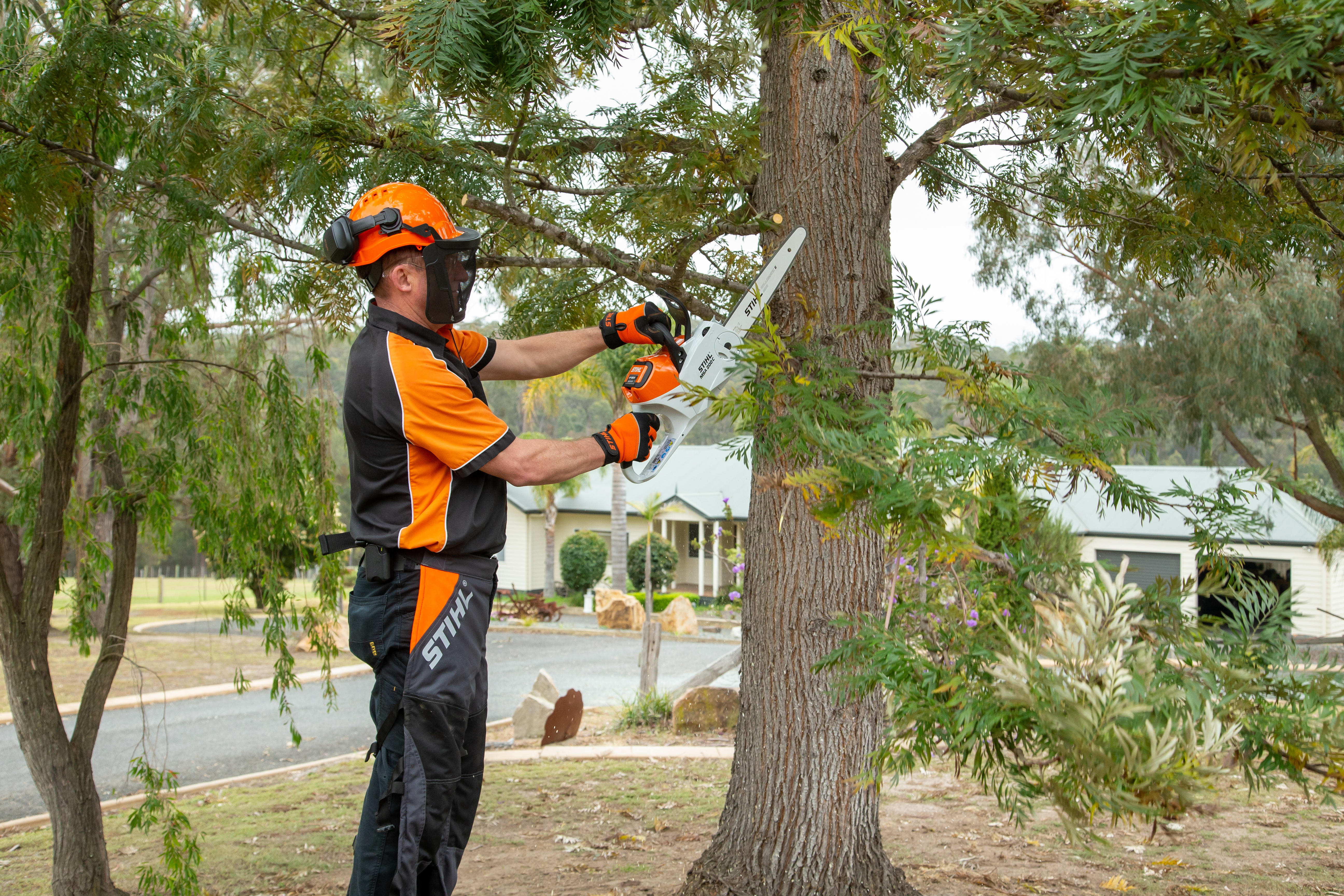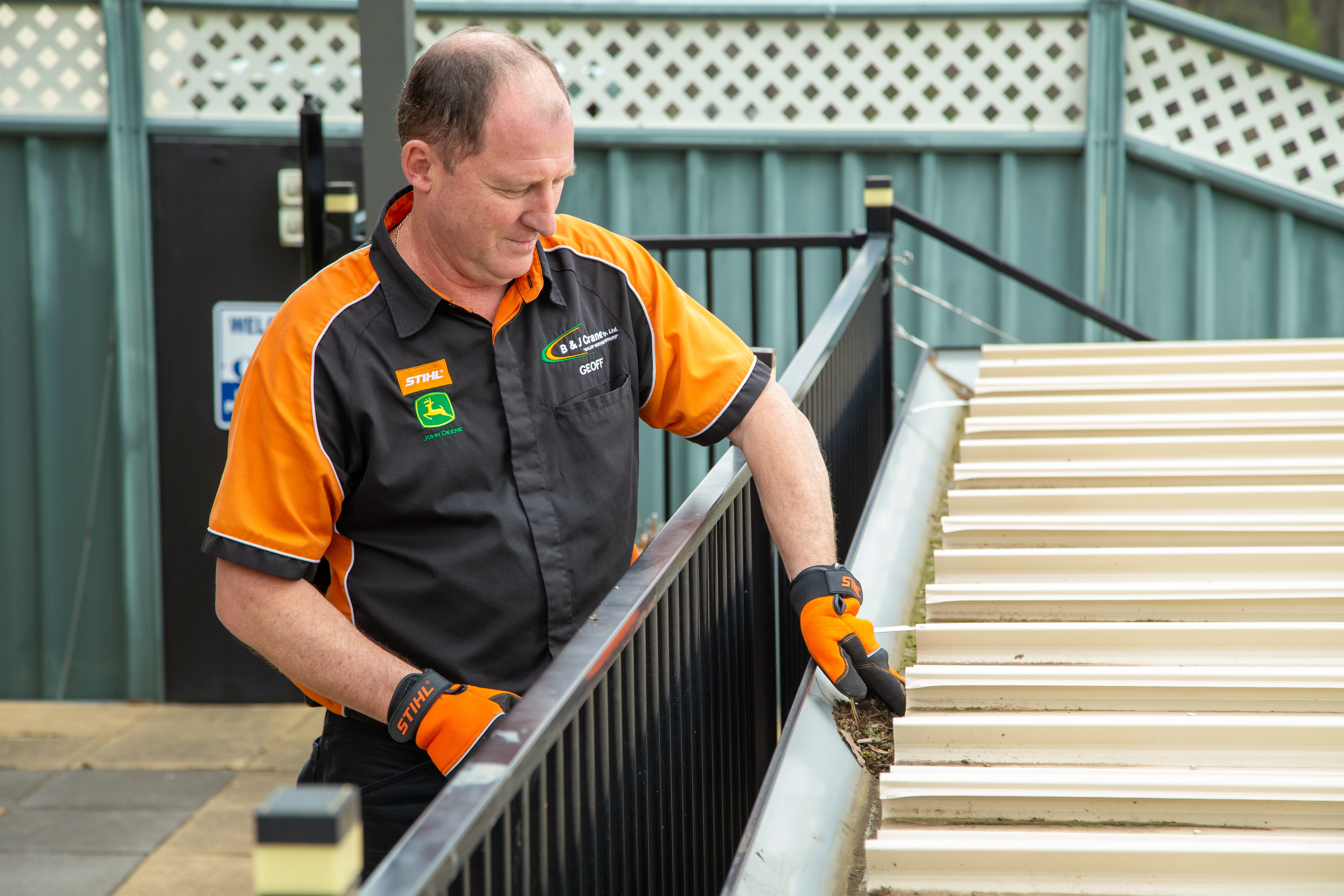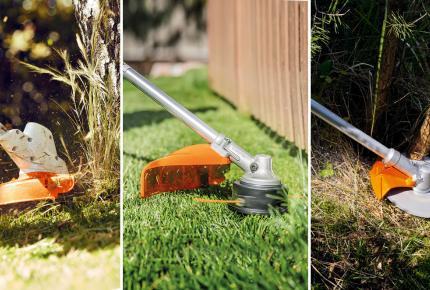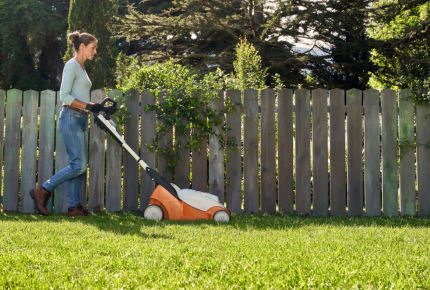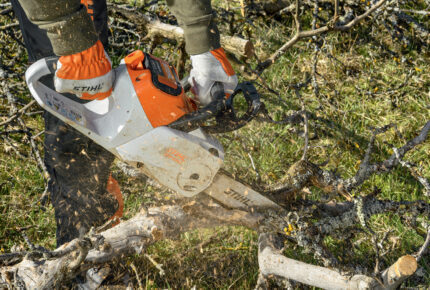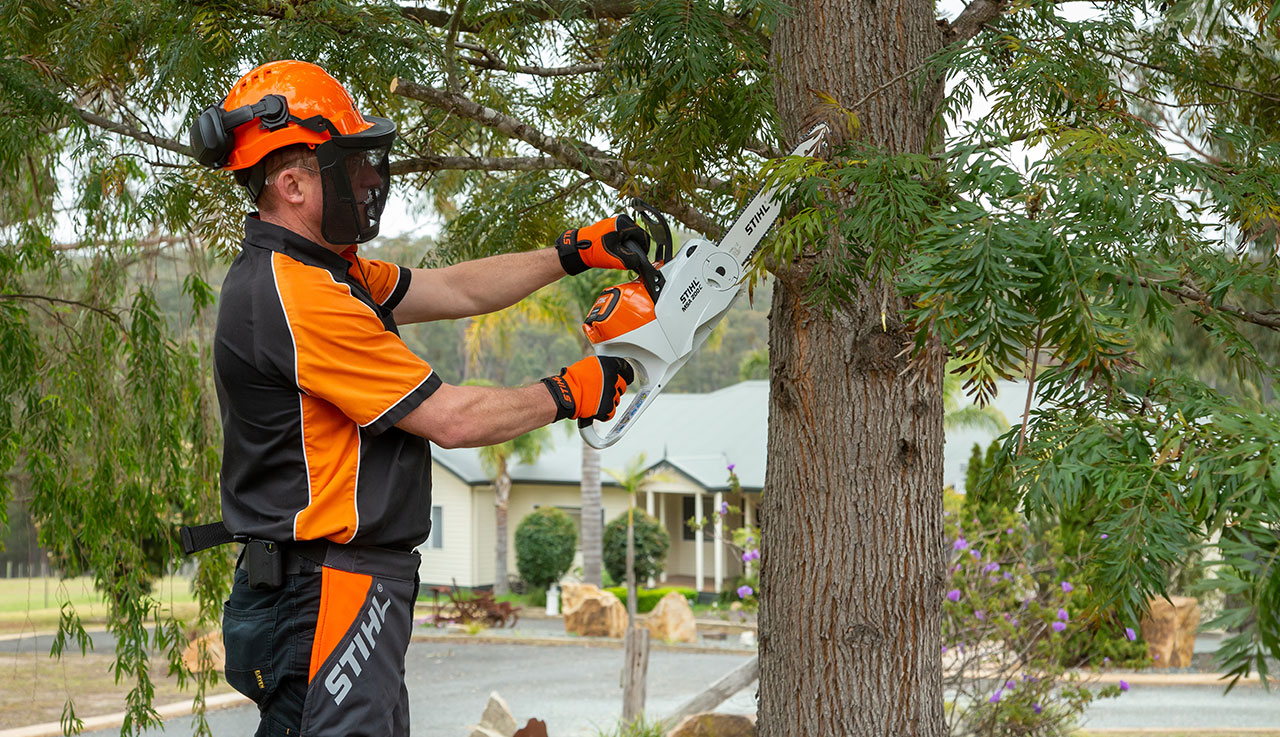
#How To
Bushfire Safety & Prevention Tips
As we head towards the hottest and driest time of the year, Geoff Crane, Captain of the Mount Taylor Fire Brigade and also a STIHL Dealer, provides a guide on how to best prepare and safeguard your home against bushfires.
Tip 1. Modify vegetation
This is a key aspect when preparing against bushfires regardless of the size of the property. The aim is to reduce the amount of flammable material near your home and shed. For example, use STIHL shears to trim shrubs surrounding the front and back garden and a STIHL lawn mower to keep lawns maintained as having long grass could encourage a fire to spread more quickly.
Tip 2. Break ladders
Any vegetation (dead or alive) that allows a fire to climb needs to be ‘broken’ – just as you would a ladder. Breaking ladders prevents the fire from climbing up to the treetops and spreading. Use a STIHL chainsaw to cut branches from the main trunk to a height of 2 metres as a way of preventing this. Remove branches overhanging buildings as they also act as ladders and increase the spread of fire.
Tip 3. Target fine fuels
Fine fuels are materials that are less than 6mm in diameter and include fallen bark, leaf litter, grass and shrubs. They predominantly impact fires by providing more for the fire to burn and influencing the rate of spread. A STIHL blower/vac is ideal for cleaning up fallen bark, leaf litter and leaves, managing potential fire hazards.
Tip 4. Clean gutters
Don’t forget to clear fine fuels such as leaves and twigs from gutters as well. Cleaning drains, gutters and downpipes of debris before the hotter and drier weather kicks in will help to protect your home and surrounding properties in case of a bushfire. Tip: In the case of an emergency, having clear gutters will mean that they can be filled with water, providing an extra barrier against fires. Use a tennis ball to plug drainpipes then use your garden hose to fill them up. Remember to attach some string to tennis balls so that you can easily remove them when fire risks have subsided.
Tip 5. Avoid clutter
Keep the front and back garden areas sparse. This means removing toys, furniture and other clutter that could fuel a fire and also act as a hazard for firefighters during an emergency.
Tip 6. Remember tool safety
Safety should always be a priority when using tools in safeguarding your home against fires. Ensure you are armed with safety gear including steel cap boots, gloves, hearing protection and eye protection. If using a STIHL chainsaw, additional items like chainsaw chaps and a hat/helmet with a face shield are also required.
For more advice to best prepare your home ahead of the warmer months, we recommend touching base with your local fire authority who will be equipped with local knowledge and the best way to fireproof your home.

